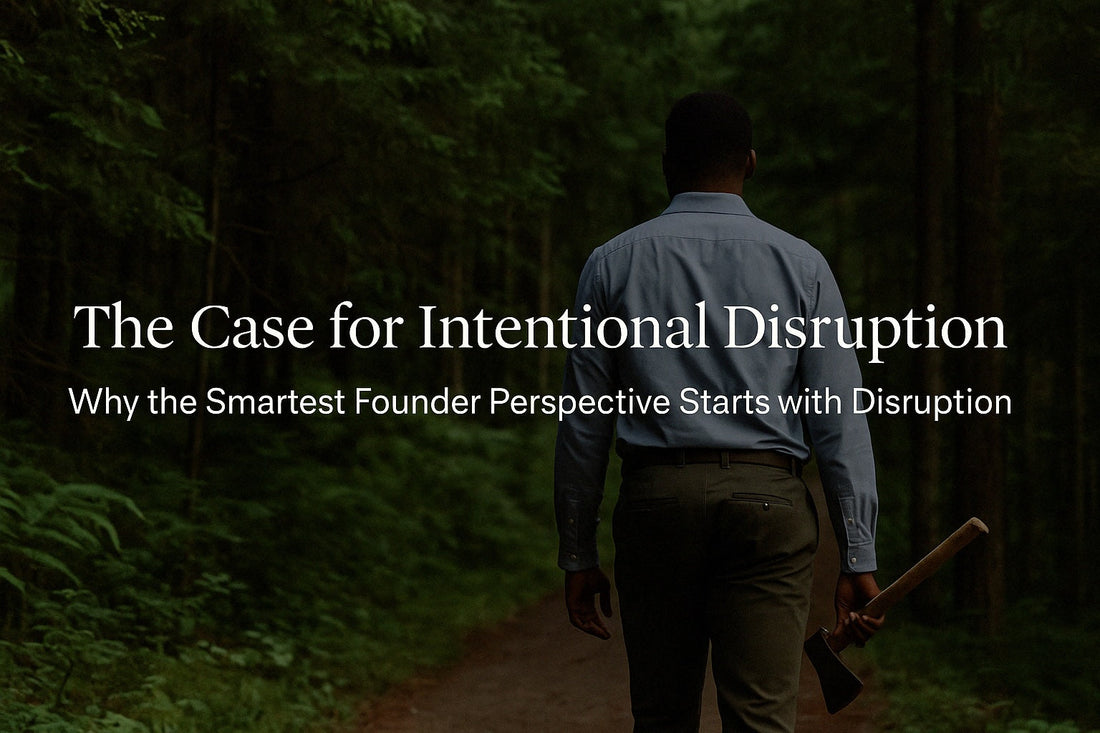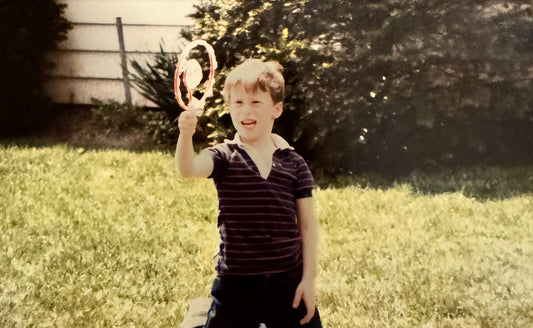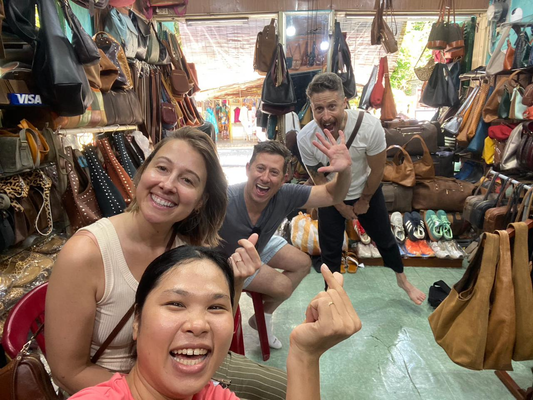
Why The Smartest Founder Perspective Starts with Disruption: The Case for Intentional Disruption
“And just like that, a founder perspective was born.”
It started, as many realizations do, in a coffee shop. One of those quiet moments where something lands that’s been trying to get your attention for a while.
“I don’t miss anything about being back in the U.S.,” one of us said. And the other nodded. Not the grind. Not the familiar comforts. Not even the things we once swore we needed.
At first, it seemed strange. Almost cold. But then we realized what it actually was: confirmation.
From a founder perspective, that’s the signal. When you can leave something behind without hesitation or regret, it’s not detachment. It’s intentionality.
The absence of longing wasn’t apathy. It was alignment.
We hadn’t walked away in rebellion. We’d stepped forward with clarity.
And that’s what intentional disruption looks like.
It wasn’t indifference. It wasn’t numbness. It was clarity.
The realization didn’t spark a sense of loss. It affirmed the level of thoughtfulness we brought to leaving. We didn’t leave because things were falling apart. We left because something inside us said it was time to build differently. And we listened.
That moment is what intentional disruption feels like. It doesn’t always roar. Sometimes it just doesn’t pull you back.
Most Founders Wait Too Long To Break Things
From a founder perspective, it makes sense. We’re wired to build. To steady. To scale. But what nobody warns you is that the habits that make you successful at starting a company can quietly work against you once you’re leading one.
And that’s where intentional disruption comes in.
It can feel like sabotage: rewriting a working process, questioning the status quo, saying no to something that’s been profitable or proven.
But sometimes the smartest move is the one that doesn’t make sense right away.
Founders often hold things together with duct tape and guilt. I’ve seen them gaslight themselves into staying the course when every gut instinct said it was time to pivot. I’ve done it too. I delay the hard conversation. I keep the wrong client. I say, “let’s wait and see,” when what I mean is, “I’m scared to blow it up.”
But the best founders I know don’t just disrupt markets. They disrupt their own systems first.
They don’t wait for a breaking point. They make one.
The Founder Perspective That Separates Season One from Two
The founder perspective worth adopting is this:
what got you here isn’t the same thing that will get you there.
You don’t need to be chaotic. But you do need to interrupt the cozy predictability that keeps your team running on yesterday’s goals. You know the signs. Things are working technically, but there’s drag. Disinterest and disconnection. A hidden resistance nobody’s saying out loud.
That’s your cue. That’s your call to intentionally disrupt before life does it for you.
The Leadership Parallel: Breaking Things Without Breaking Trust
This isn’t just a founder move. It’s a leadership move.
All leaders that work through change without burning the house down have one thing in common: they give people a sense of why. They make clarity contagious and disrupt without blindsiding. And most importantly, they don’t ask for permission to evolve.
When you start leading like this [with transparency, decisiveness, and a little bit of irreverence] people stop wondering if you’re lost. They start following you because you’re the only one not pretending things are fine.
Pro tip: it also helps if you can laugh at yourself mid-pivot. Especially when the team’s Slack thread lights up with “Wait, are we doing what now?”
Final Word: Disruption Is a Discipline
From a founder perspective, intentional disruption isn’t about chasing novelty. It’s about choosing relevance over comfort.
You don’t blow it all up for the thrill. You do it because you’ve thought it through and know deep down: the next version of your company [or life] can’t emerge until you make space for it.
And that requires nerve. It requires the kind of stillness that comes not from burnout, but from being ready.
Disruption isn’t a phase. It’s a practice. One that thoughtful founders return to again and again; not because they’re bored, but because they’re building with integrity.
So are you sitting with that quiet, gut-level feeling that something isn’t working anymore? Even if everything looks fine on the outside? Trust me when I say you’re not alone.
I’ve been there. That moment when clarity whispers before the world is ready to listen. If you’re holding a decision that feels too big to make alone, let’s talk about it. Because the world doesn’t always understand. Until they do.
Question is: can you navigate the high-stakes change and internal pivots until they do?




